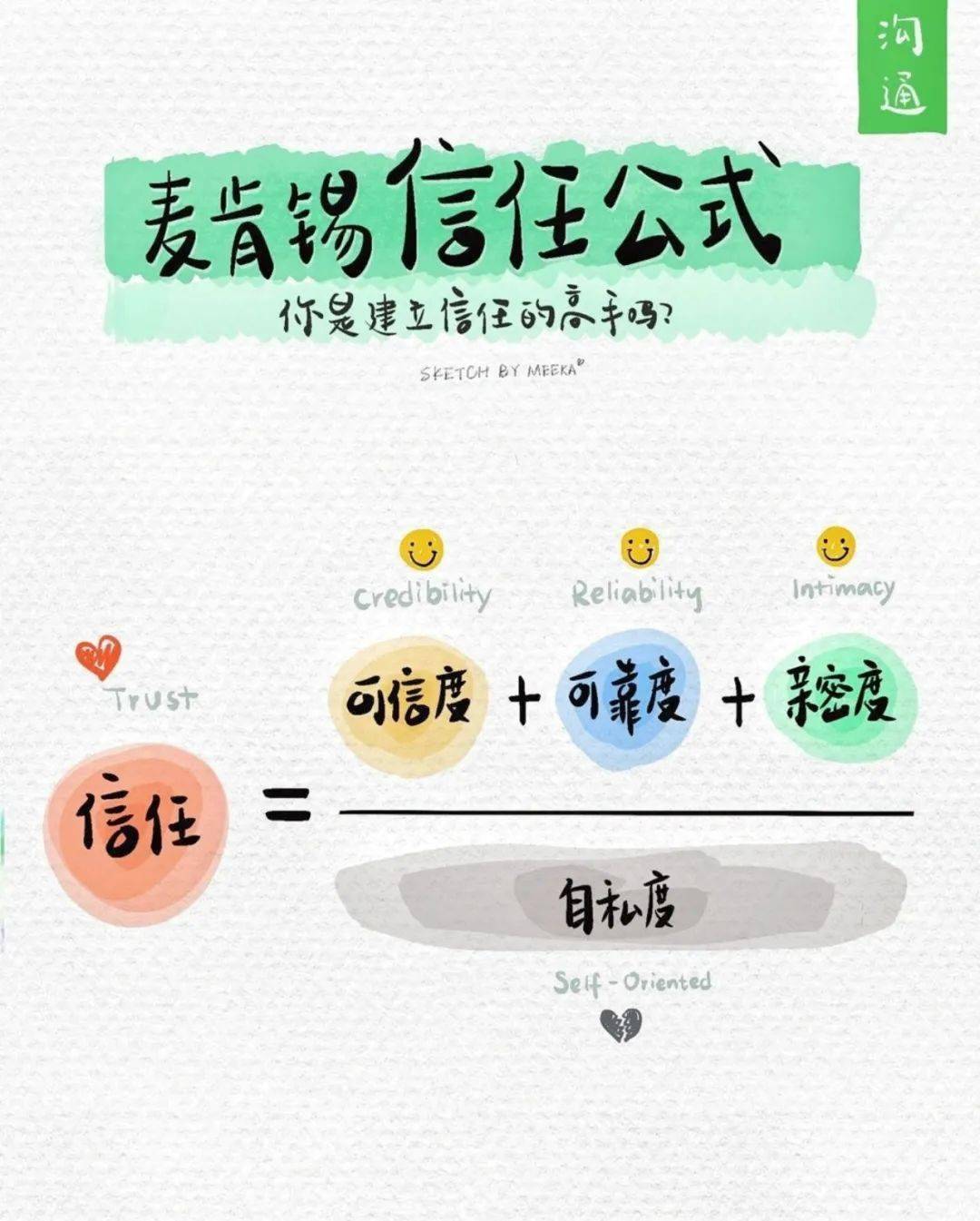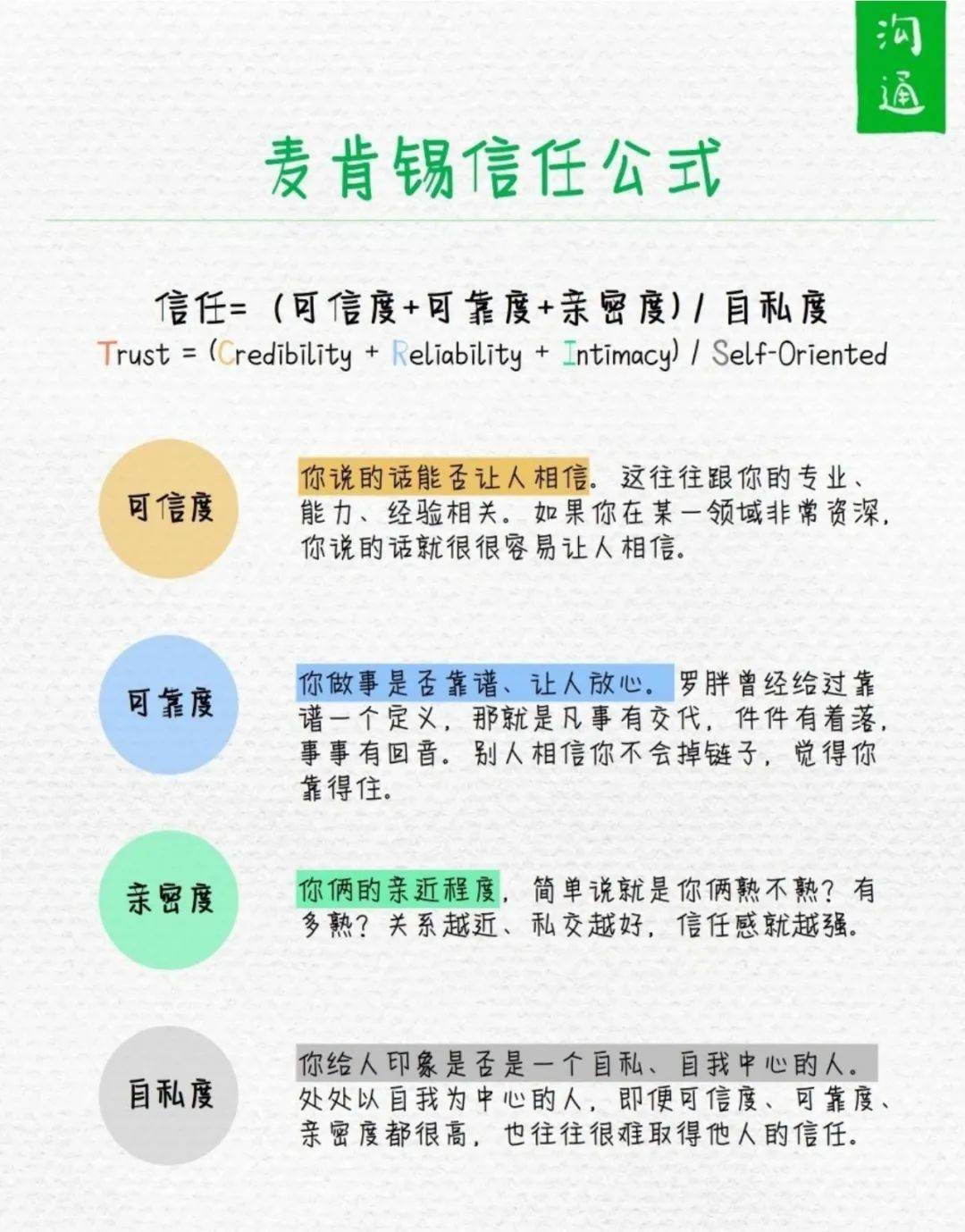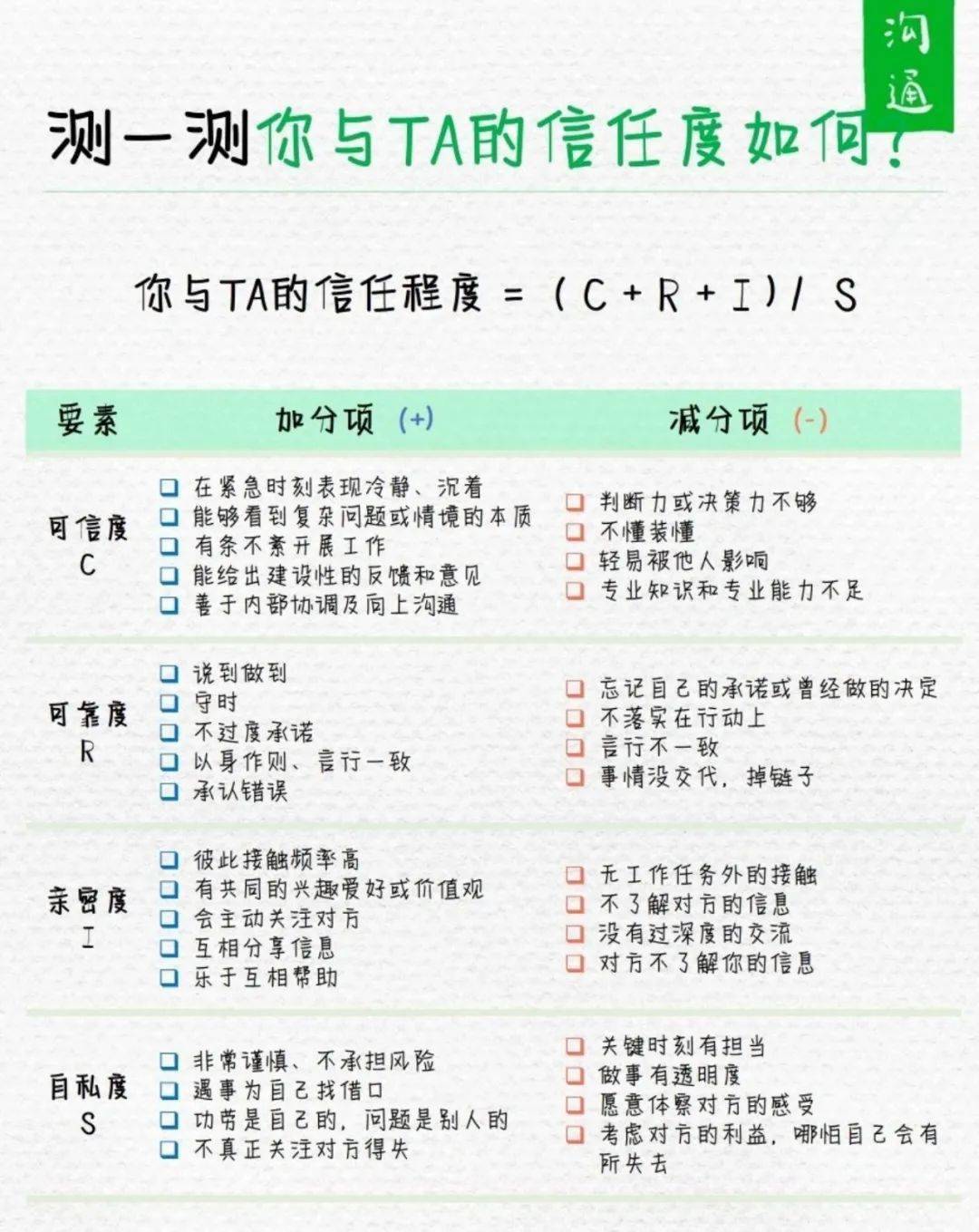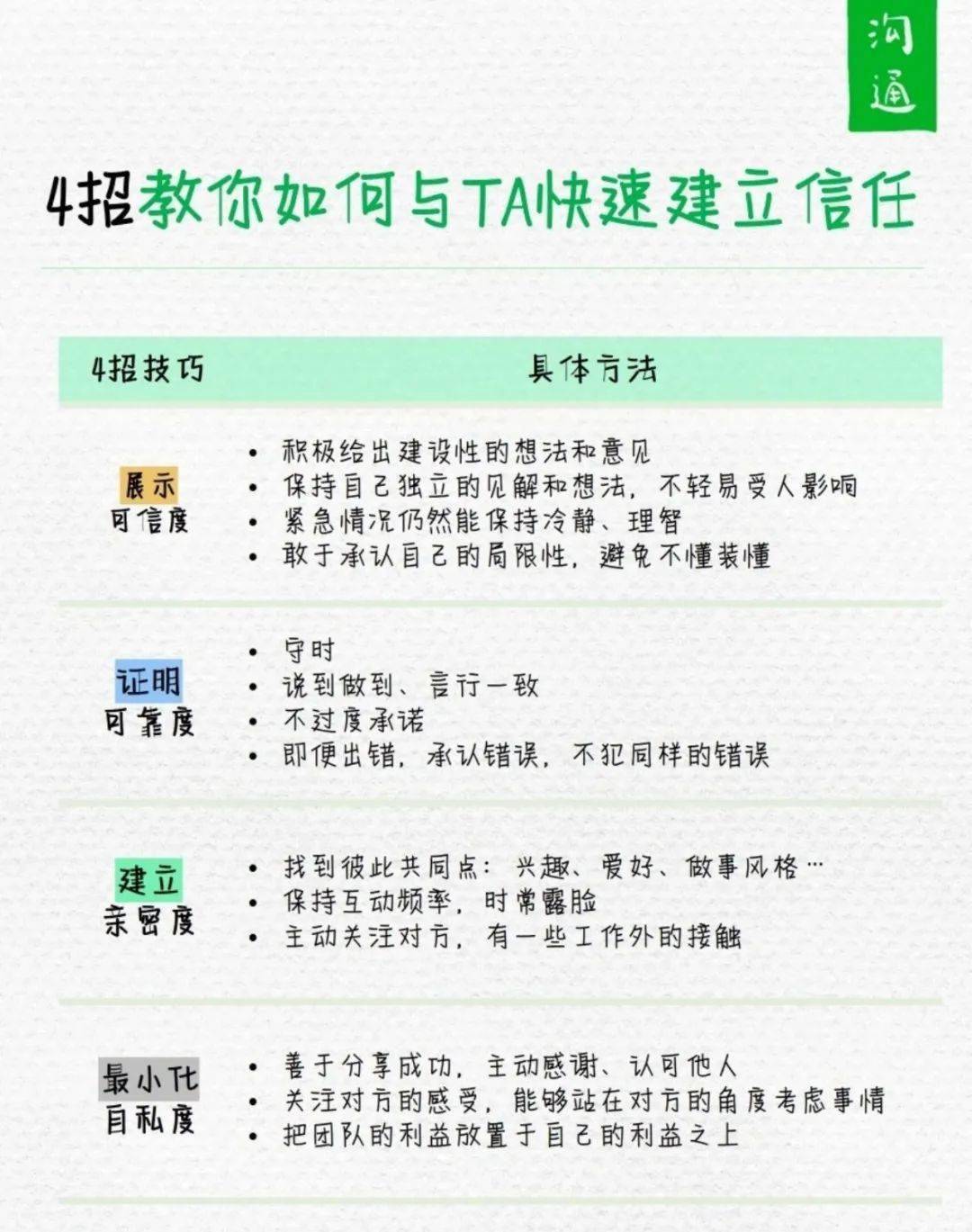Understanding the Trust Equation Insights from McKinsey
In this article, we explore the concept of the Trust Equation as explained by McKinsey, a mathematical approach to describing and measuring trust. Trust plays a crucial role in both internal and external organizational relationships, directly affecting teamwork, customer satisfaction, innovation, and overall performance.
We begin by introducing the components of the Trust Equation, breaking down each term and its significance. The Trust Equation typically includes the following elements:
- Credibility: The perception that the individual or organization has the knowledge and expertise.
- Reliability: The ability to deliver consistently on promises.
- Intimacy: The sense of safety and security in relationships.
- Self-Orientation: The extent to which a person or organization focuses on their own interests versus those of others.
Next, we provide detailed explanations and annotations for each component:
- Credibility: We discuss how expertise and communication contribute to credibility, using examples from various industries to illustrate this concept.
- Reliability: This section covers the importance of consistency in actions and promises, with practical examples of reliable behavior in business contexts.
- Intimacy: We explore how building close, personal relationships enhances trust, supported by case studies and examples.
- Self-Orientation: Here, we explain how focusing on others’ needs over self-interest builds trust, highlighting examples where this has led to successful outcomes.
Additionally, we include practical examples and case studies to illustrate how the Trust Equation can be applied in real-world scenarios. These examples demonstrate how organizations have successfully leveraged the Trust Equation to improve team dynamics, enhance customer relationships, foster innovation, and achieve better overall performance.
By the end of this guide, readers will have a comprehensive understanding of the Trust Equation, its components, and how to apply it to build and maintain trust within their organizations. This knowledge will empower leaders to foster a culture of trust, leading to improved collaboration, customer loyalty, and organizational success.
麦肯锡关于信任公式的解答是一种用数学公式来描述和衡量信任的方式。信任在组织内部和外部关系中起着至关重要的作用,因为它直接影响团队合作、客户满意度、创新和整体绩效。以下是对信任公式的详细解读,包括名词、含义、注解和举例。
公式
定义
| 名词 | 含义 | 注解 | 举例 |
|---|---|---|---|
| 可信度 | 专业知识和技能方面的可信赖程度 | 展示专业知识、高质量工作结果和有效沟通 | 会计师通过准确财务报告和深入财务分析建立可信度 |
| 可靠度 | 按照承诺完成任务和达成目标的能力 | 按时完成任务、遵守承诺、保持一致高性能 | 项目经理总是按时提交项目报告并确保项目按计划推进 |
| 亲和力 | 与他人建立亲密和互相信任关系的能力 | 展示同理心、理解和支持同事 | 领导者倾听员工的担忧,提供情感支持并在需要时提供帮助 |
| 自我导向 | 在决策和行为中考虑自己利益的程度 | 低自我导向表示关注他人和组织的利益 | 销售代表优先考虑客户需求,而不是仅关注自己的销售目标 |
实际应用中的信任
| 领域 | 重要性 | 举例 |
|---|---|---|
| 团队合作 | 信任是高效团队合作的基石 | 信任度高的团队中,成员会开放分享想法和担忧,促进创新和解决问题 |
| 领导力 | 通过展示可信度、可靠度和亲和力来建立信任 | 领导者兑现承诺、支持员工发展并公平对待每个人,提高团队士气和生产力 |
| 客户关系 | 决定客户忠诚度和满意度 | 提供优质产品、及时响应客户需求并展示对客户的关心,建立强大的客户信任 |
| 组织文化 | 建立积极组织文化的重要因素 | 信任度高的组织鼓励员工表达意见和建议,促进创新和改进 |
引用
1
https://www.sohu.com/a/527745085_121123854






Comments powered by Disqus.